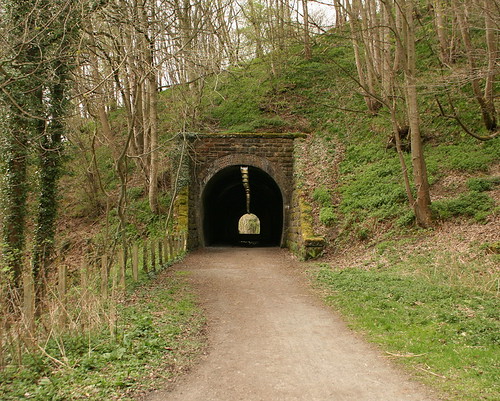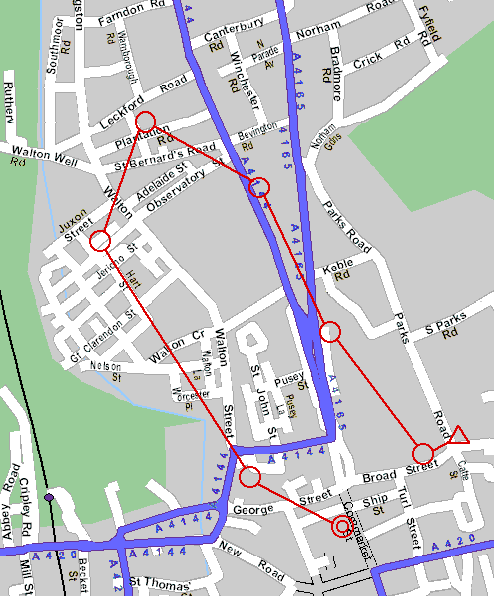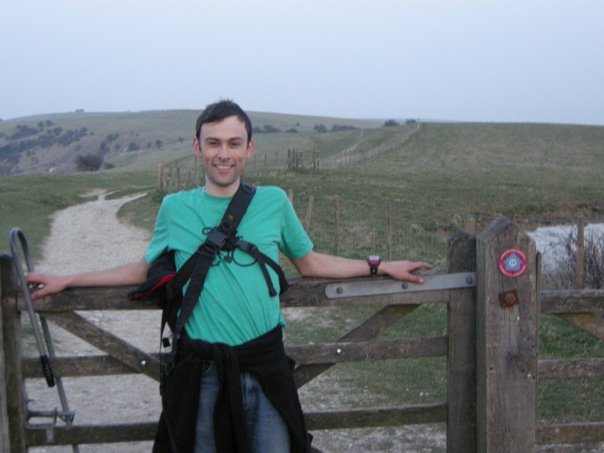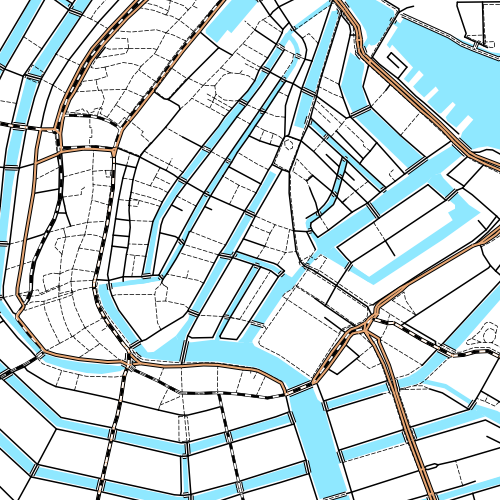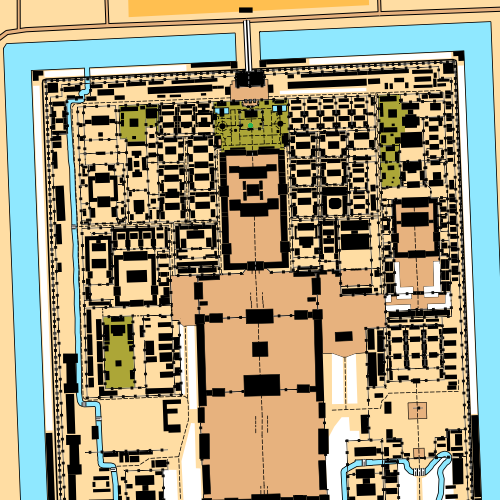2009 was a year in which I started to do less orienteering (after 13 years in the sport), a bit more running, and a lot more cycling. It was also almost an injury-free year.
January
The year started with a training score exercise in Aird’s Park, near Oban, on New Year’s Day. “Park” is a highly misleading name for the area, it was extremely physical with tussocks and marshes everywhere. Managed to finish second, but only because most of the good people misjudged the time back to the start and got penalties. I was up in the Scottish Highlands on the annual JOK New Year hillwalking trip, so the following day it was back to the Munros – and what a day. The four eastern Mamores climbed in cold and crisp conditions, finishing well after dark.
The only other orienteering in January was two London street-Os – an LOK race in Hampstead and a SLOW race in Wimbledon. They were very hilly, and I got a late penalty at both. And also a weekend of city races – on the Saturday the second Edinburgh Street Race which I enjoyed even more than the first, especially as I didn’t get disqualified this time – and then on the Sunday, having travelled right back to London, it was up again to Lincoln for their own City Race, again the second time I have run it. Again, a great race, and even better than the one before. This time, we got to run right through Lincoln Castle – up the drawbridge, across the battlements and out through the gate. A race with a definite “wow” factor.
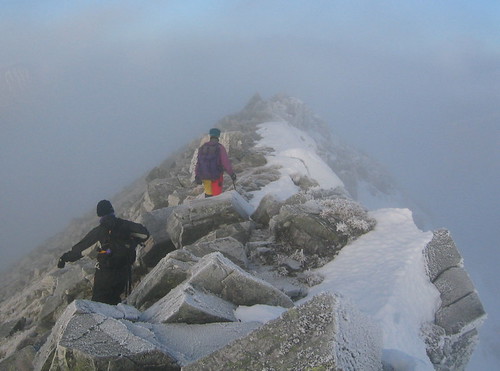
February
In February I was quite preoccupied with planning for the JOK Chasing Sprint, which was near Watford. A few chilly weekends were spent surveying the courses. There was also another SLOW street-O, at Kingston, where I again got a late penalty!
Also, I got back up in the Highlands, for one day only. Sleeper to Glasgow, early morning train up, six damp hours in the hills around Loch Ossian (some snow, but a big thaw was on) and then back on the train overnight to London. I’m doing it all again next month.
Finally, I got to use my mountain bike on “proper” terrain as opposed to the streets of London – a two hour lap of the “Red trail” singletrack at Bedgebury Forest in Kent – a warm-up for a weekend singletracking in Wales. My cheapo-MTB held up just fine, which was more than could be said for Chris’s hire bike.

March
The first terrain orienteering of the year – BUCS in SW London. Oxford was organising it on SLOW areas. I went very wrong indeed at the individual race – probably lack of practice. The relay was a bit better but I was still a bit clueless. At least I was a bit better at the next SLOW street-O two days later, in Surbiton. Didn’t get a late penalty for once.
The next weekend it was time for my first mega-cycle of the year – over 10 hours in the saddle, as I tried (and failed) to get to Eastbourne. My mistake, perhaps, was following the National Cycle Network route (21) strictly, even where it goes off the road to go up a bumpy, muddy track, only to rejoin the road a couple of km later. It did this many times. Some sections were very pleasant, such as the bit around Eridge. But, 140km after leaving Hackney, it had got properly dark, so I cut the trip short.
One week later I was off on the bike again, this time taking the “official” road-cycling route to Brighton. I completed the 100km route in just over 5 hours, + a couple of hours of stops – slightly disappointingly seven minutes longer than last year’s.
I also made a start on mapping the western extension to the City of London orienteering map, with a wander around the old alleys off Fleet Street.
The month finished with a weekend in Wales, on the various MTB singletrack trails in Coed y Brenin in North Wales. Great fun, a lot of trails were done, including the Tawr and most of the Dragon’s Back.

April
The fourth trip in four months to Scotland – on Saturday I ran in the Scottish Sprint Orienteering Champs at Stirling University. Afterwards I went for a walk up to the Wallace Monument – I’d been meaning to have a look around this for years. The following day I ran the Edinburgh Half-Marathon – the sprints having been a less-than-ideal preparation. The second half of my race was a lot slower than the first. I’m doing the full-marathon version this year, and will be preparing better!
A couple of days later, and I had not recovered, but I ran anyway in the final SLOW street-O of the year, in Pimlico. I got around with two seconds to spare, and got my second best result of the series. Tim & CJ’s feast was excellent. Then it was back up to Scotland for Easter, but doing the JK Sprint in Newcastle on the way.
Back in London, I cycled 75km to Cuckfield with Anna, the first of our joint training trips for John O’Groats-London in the summer. It was a busy weekend – on the 19th I ran in the Newham Classic 10K – it was a very local race for me, and cheap to enter, and the route past the Olympic Stadium looked interesting. Then in the afternoon more City of London map surveying, around Lincoln’s Inn – and I had my bike nicked! It had lasted only 18 months, although as it happened I was going to be getting a road bike for the long summer cycles anyway.
Finally, there was the Varsity Match, which was just north of London and later in the year than normal – this year’s is in early March in Cornwall. The individual was in Epping Forest – always an enjoyable area to run on. The course was tough but pleasant, and my race was livened up when I spotted a snake slivering away from one of the controls near the end. It was warm enough to lie around at the finish and eat ice cream – summer was on its way!
